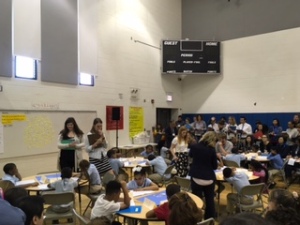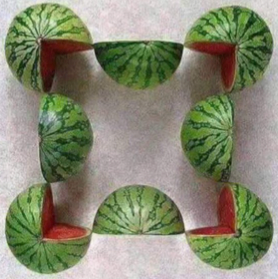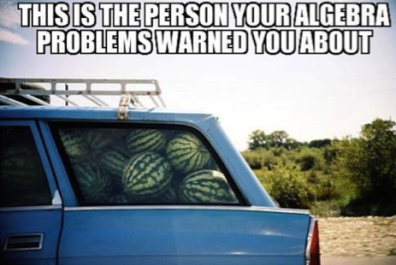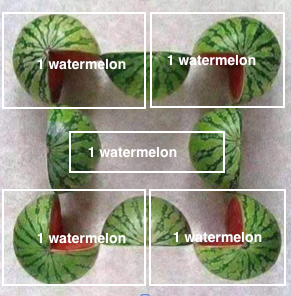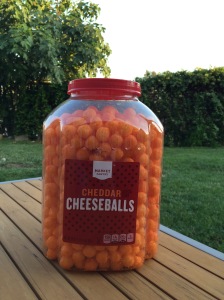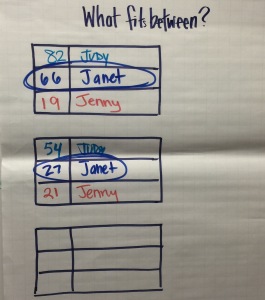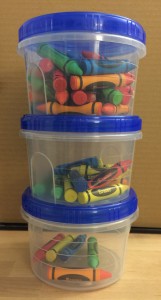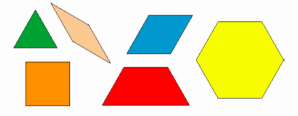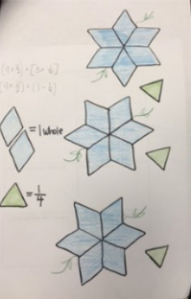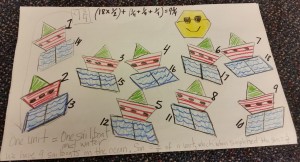Some Days
Some days are good days. Some days are okay days. Some days are rough. And then, some days are really, really good days.
Today was a really, really good day.
A really, really good day is a day spent in classrooms, with kids and their teachers, who are engaged in thoughtful mathematical conversations. Classrooms that are part of a system of classrooms in a school (from Necessary Conditions, written by Geoff Krall) that is working really, really hard to offer their students opportunities, each and every day, to talk about their ideas, to think about how their ideas are similar and different to their classmates’ ideas, to notice connections between ideas, and to build on each other’s ideas.
Details of the day
- Each grade level hosted a number talk (K – 5)
- Each grade level team had planned a number talk during the district work sessions held the previous week
- One educator facilitated the number talk
- Colleagues (from the grade level, the site instructional leadership team, the district, and outside the community) collected data and noted the teacher moves used during the conversation
- A reflective conversation was held at the conclusion of each number talk, usually just outside the door on the sidewalk
A glimpse inside a team’s number talk
When planning for their number talk, the grade 5 team decided they wanted the students to explore division. They selected the following number string from Number Talks, by Sherry Parrish (note: the district has provided each teacher participating in the project work with a copy of the book. So awesome.)
30 ÷ 3
18 ÷ 3
48 ÷ 3
It would be the children’s first experience thinking about division during a number talk. The team was very interested in the ideas and strategies students would use. They anticipated students might use their knowledge of multiplication and its relationship to division, multiplication and/or division facts they just know, skip counting and keeping track of the number of groups of 3, and partial quotients.
The kiddos did all of that and more. Because, when kids know you really want to know what they know and how they think, they show you. This means that they are total and complete MATH ROCK STARS.
We asked them to think about 30 ÷ 3.
They said:
“I know that 30 is three tens. So, each group has 10.”
“I know that 3 groups of 10 makes 30. So, it’s 10.”
“I know that 3 x 10 = 30, so 30 ÷ 3 = 10 and 3- ÷ 10 = 3.”
We asked them to think about 18 ÷ 3.
They said:
“I just know that 18 ÷ 3 = 6.”
“I know that 3 x 6 = 18. So, the answer is 6.”
“I skip counted: 3, 6, 9, 12, 15, 18. I used 6 fingers to count, so it’s 6.”
We asked them to think about 48 ÷ 3.
They said:
“I counted by 3s. I think it takes 16.”
“Well, I thought about 48. I noticed that 30 and 18 is 48. And, I already know that 30 ÷ 3 = 10 and 18 ÷ 3 = 6. So, I added the 10 and the 6 and got 16.”
And this final idea was shared by a student who had listened and nodded and agreed with his classmates’ ideas throughout the entire conversation.
He said, “I split 48 into two 24s. And, 24 ÷ 3 is 8 and another 24 ÷ 3 is 8. So, 8 + 8 is 16. So, I think 48 ÷ 3 = 16.”
There was silence.
And then gasps—from both kids and teachers.
The kids were like, “Oh, wow! That works!”
The teachers were like, “Oh, wow! We didn’t anticipate that idea!”
Both kids and teachers said, “Oh, wow! I never thought about it like that before!”
The number talk was wrapped up.
Then, the teachers stepped outside to chat. All eight of us were talking at once. CELEBRATION time!!
We celebrated:
The hard work the classroom teacher has done each and every day over the past 3 months to create a classroom culture where kids know that there is a space for each of their voices.
The children’s confidence in the safety and security the number talk routine offers them. They know how the routine works, so they can just focus on the mathematics and their ideas and not have to worry about what comes next. They know what comes next. They know they will have sufficient think time, all answers are accepted and respected, those who would like to share an idea can do so without ridicule—no scoffing or eye rolling, and their ideas are celebrated, discussed, and tried out by others.
The hard work the grade level has done so that this is true in all of their classes
The welcome to our learning community that is the campus vibe
A visiting teacher facilitated the number talk and the kids didn’t miss a beat—they did what they do best—think deeply about the math and confidently share ideas
Seven educators listening in on the conversation; they were there as learners
Then, we talked about:
- what the next number talk might be for this class
- what we each learned
- what we each are going to take back to our classes
- that this really, really good day is the result of the intentional and thoughtful work done by the teachers, the school’s Curriculum Coordinator, and their instructional coach to create a schoolwide culture that extends into each classroom: a belief, a conviction, one that highly values students, their teachers, and their work
These amazing teachers went on to the rest of their day to do what they do best, each and every day; teach their kids, care for them, and encourage them.


